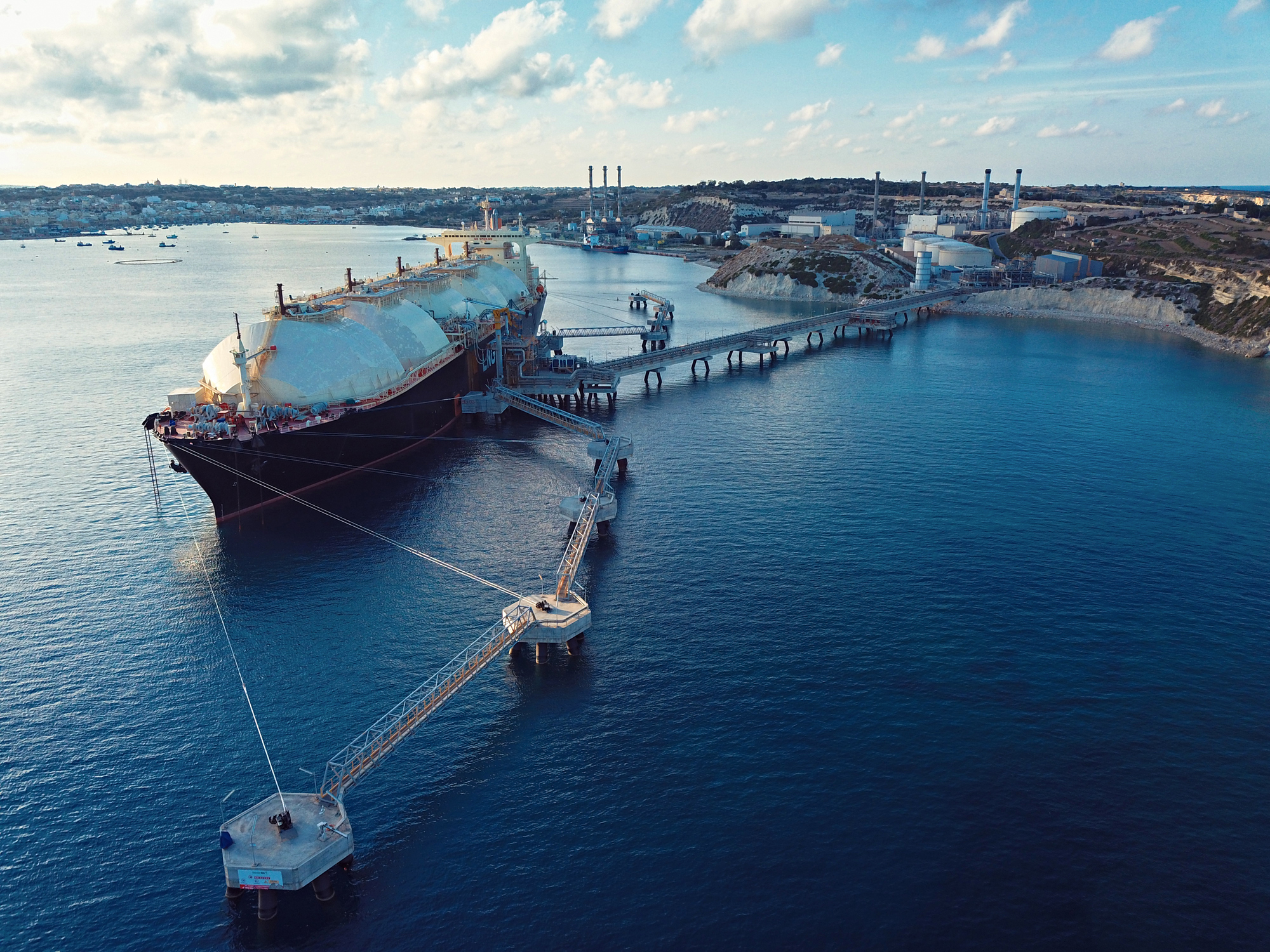
South Korea’s largest private gas provider SK E&S Co. is facing legal action from a climate activist group alleging that it falsely advertised the green credentials of a project in Australia.
Solutions for Our Climate said it’s bringing a claim against SK for labeling liquefied natural gas from its Barossa project off the northern coast of Australia as “CO2-free.” While SK claims to capture greenhouse gases produced while making LNG, it’s only partially removing emissions from the process and not doing anything about CO2 released when the gas is burned, which is where the vast majority of emissions come from, the group said.
SK will use carbon capture and sequestration to eliminate 60% of its share of the emissions from the project, which amounts to 4 million tons a year, and will grow forests to offset the rest, Kim Hyejin, communications executive officer at SK E&S, said by phone.
“As a major LNG supplier in South Korea, we’re trying our best to stay responsible by actively investing in clean technology such as CCS to help reduce emissions and be part of the transition toward net zero,” Kim said.
The action, which is the first claim in South Korea against a company on its emissions, comes as environmentalists across the globe are increasingly taking legal recourse against big fossil fuel suppliers. Earlier this year, Royal Dutch Shell Plc was ordered to cut emissions faster than planned, while Australia’s Santos Ltd. was challenged by an activist group for making a misleading net-zero pledge.
“There is no such thing as ‘CO2-free LNG,’” Oh Dongjae, a researcher at SFOC, said in the statement. “SK E&S has oversold its CCS technology as a silver bullet.”
More from TIME
See also: ‘Carbon Neutral’ LNG Demand Soars in Asia Despite Criticism
Seoul-based SFOC said it’s taking the case to the Korea Fair Trade Commission and the Ministry of Environment, which will decide whether to go forward with an investigation.
SK plans to spend $1.4 billion developing the Barossa-Caldita gas fields in Australia, in which it has a 37.5% stake. It expects to produce 1.3 million tons of LNG annually for 20 years from 2025, and to use carbon-capture technology to remove CO2 emitted from its LNG plant and inject it into a nearby marine waste gas field, the company said in a March statement.
If the technology works, that will remove about 2.1 million tons a year of emissions, the group said. Another 11.4 million tons a year will still be emitted, mostly from burning the fuel as well as transporting it across oceans, it said.
More Must-Reads from TIME
- Donald Trump Is TIME's 2024 Person of the Year
- Why We Chose Trump as Person of the Year
- Is Intermittent Fasting Good or Bad for You?
- The 100 Must-Read Books of 2024
- The 20 Best Christmas TV Episodes
- Column: If Optimism Feels Ridiculous Now, Try Hope
- The Future of Climate Action Is Trade Policy
- Merle Bombardieri Is Helping People Make the Baby Decision
Contact us at letters@time.com